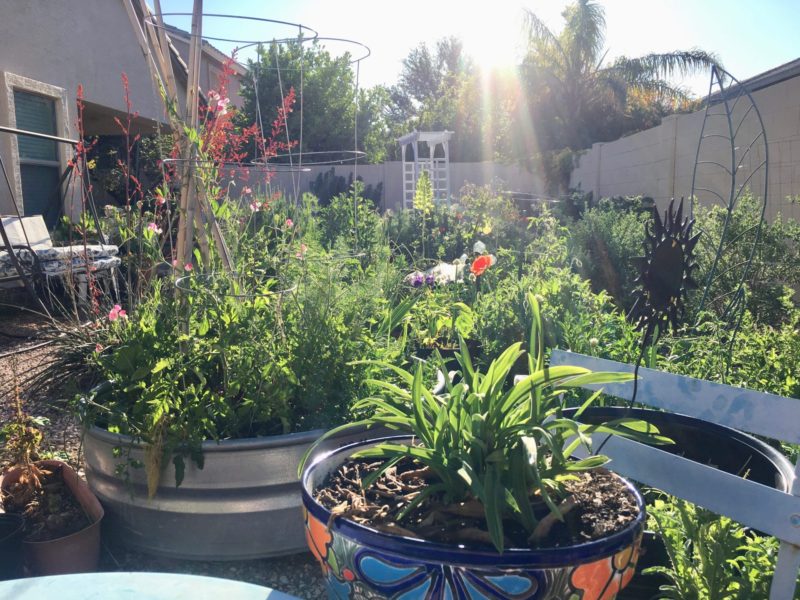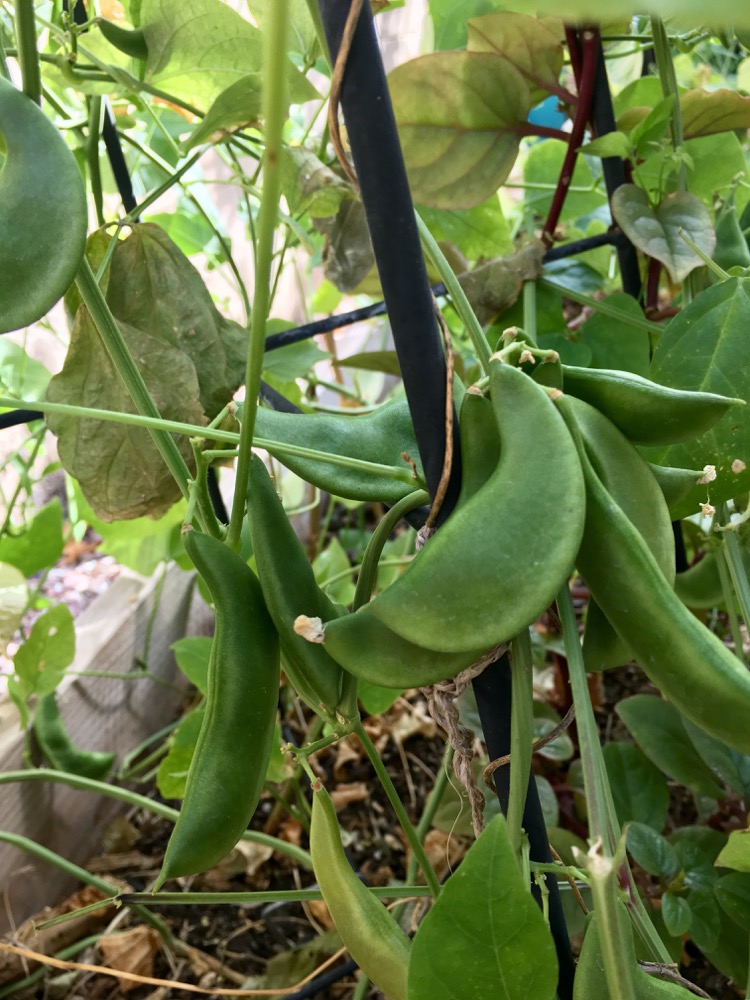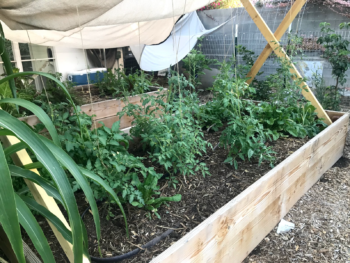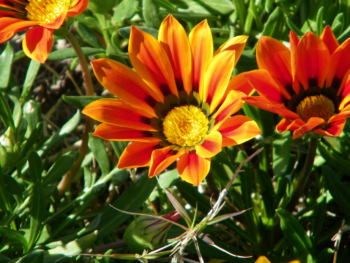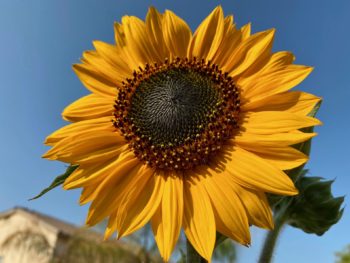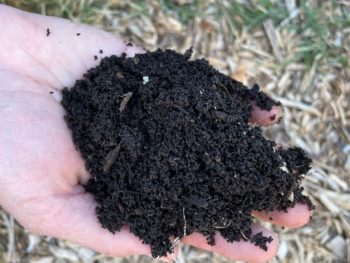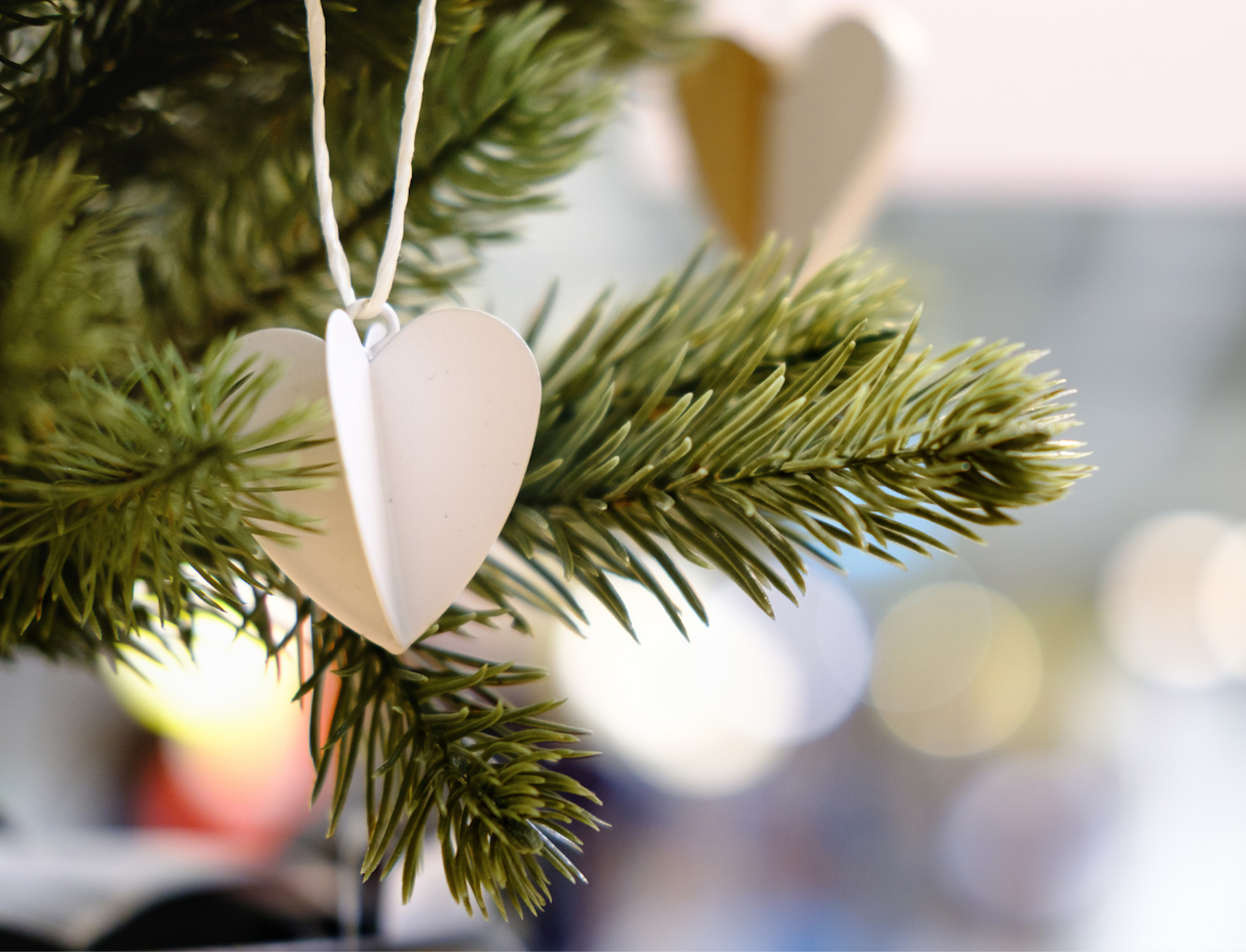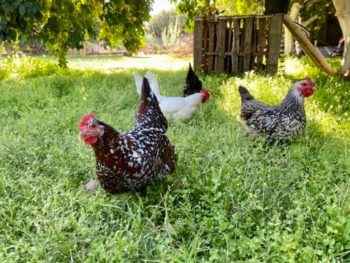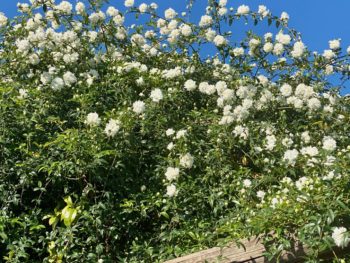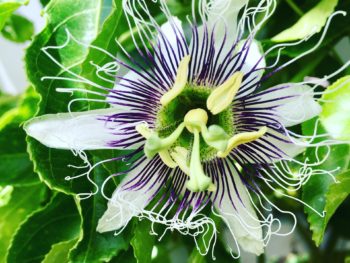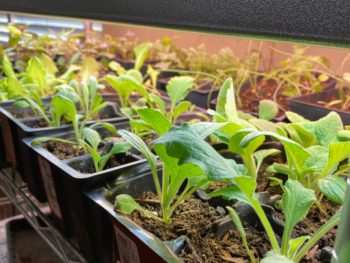Container Gardening in Desert Climates
Planting in containers has become more common as renters and homeowners with smaller outdoor spaces also want to be able to grow their own food and flowers. However, planting in containers in an arid desert environment can be challenging without knowing a few tricks to help get your containers and plants through the hottest part of summer.
As an experienced container gardener, I am sharing my best tips for success.
Tip 1: Container Size
Many containers will work successfully in the desert climate. Use fabric grow bags, wine barrel planters, old wheelbarrows, watering troughs. The key is to use the biggest containers possible. Smaller containers dry out very quickly and also get very hot. Clay pots bake in the sun. Use glazed clays in shady areas of the garden. It is best to work with grow bags that are at least 20 gallons. Also, grouping containers together help to keep them cooler. The ones on the inside of the grouping will be less exposed to direct sun, helping to keep them cooler and retain moisture longer.
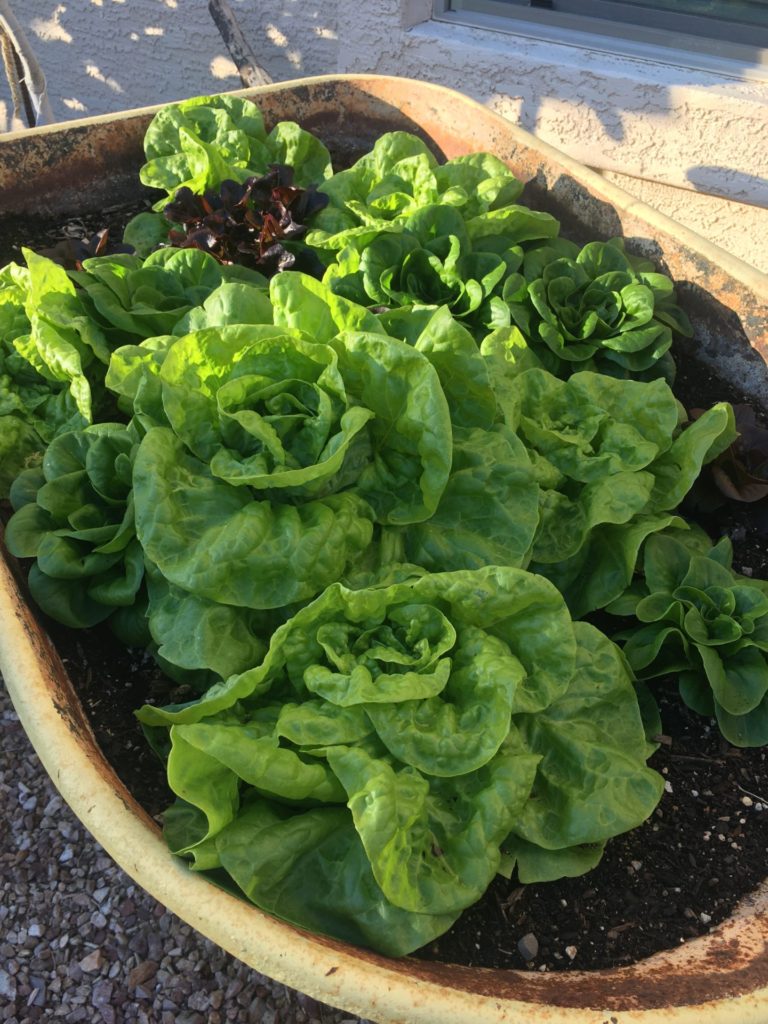
Tip 2: Soil
Potting soil is not designed for gardening in the desert. Therefore some adjustments need to be made. To increase moisture retention, add some native clay that can easily be found as free fill-dirt on local posts in Offerup, Craigslist, and Facebook marketplace. If that is not an option, use coco coir. Filling many containers can get very expensive very quickly, use the best organic potting soil you can afford. If you have a really tight budget, get a cheaper potting soil and spend money on a good compost and organic fertilizer such as Earth’s Original Organics. Always ensure there are drainage holes in your pots. Fresh compost and organic fertilizers should be added to pots consistently to maintain healthy soil. Compost can be added 1-2 times a year and organic fertilizer is added every month. Add sulfur 3 times a year. or more as needed to lower the pH. Watering adds more salinity and alkalinity to the soil which can cause compaction and nutrients to be locked up in the soil.
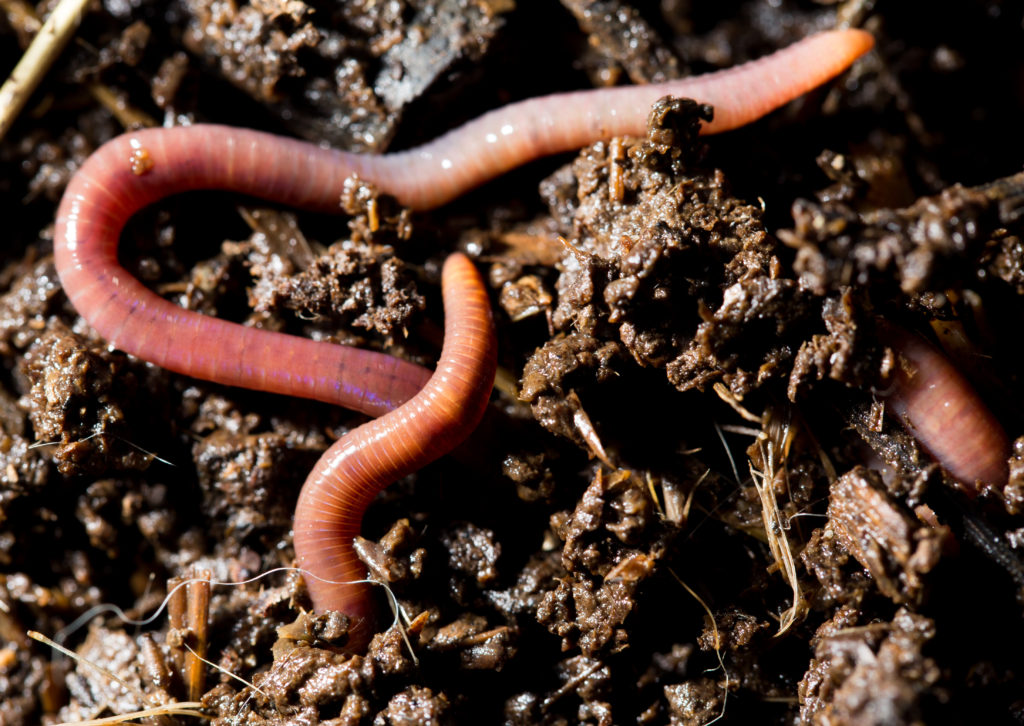
Tip 3: Mulch
Mulch is a huge help to the container gardener. Use at least 3 inches of mulch in pots and containers to help lessen evaporation. Mulch keeps the soil life protected and regulates soil temperature, keeping pots cooler in summer, and more consistent in winter. Use a mulch that breaks down, wood chips are best, but clippings from the garden can also be used. For example, chopped-up fava plants or corn stalks. Mulch should be topped off every 3-6 months depending on how quickly it is breaking down.
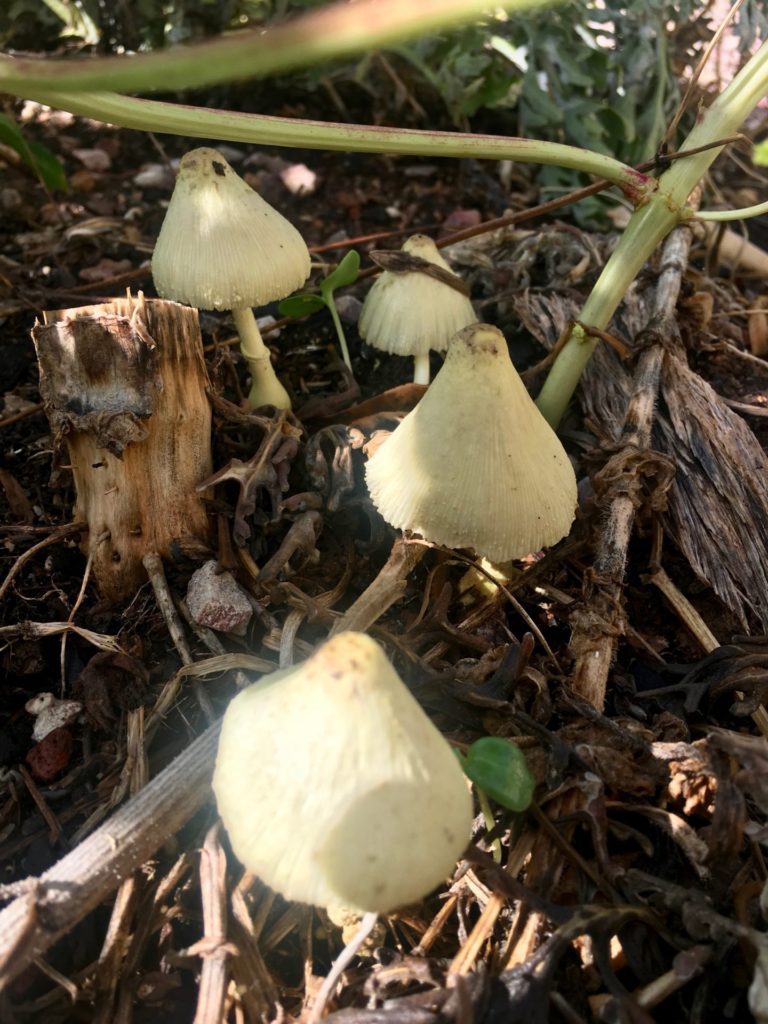
Tip 4: Planting Density
It goes without saying that container gardeners probably do not have an abundance of space, therefore it is sensible to plant densely. This helps to get more crops planted and also protects the soil as dense vegetation slows down evaporation. To maintain planting density, succession sowing is also recommended. When harvesting a crop, pop in a new seed to replace the vegetable that was removed.
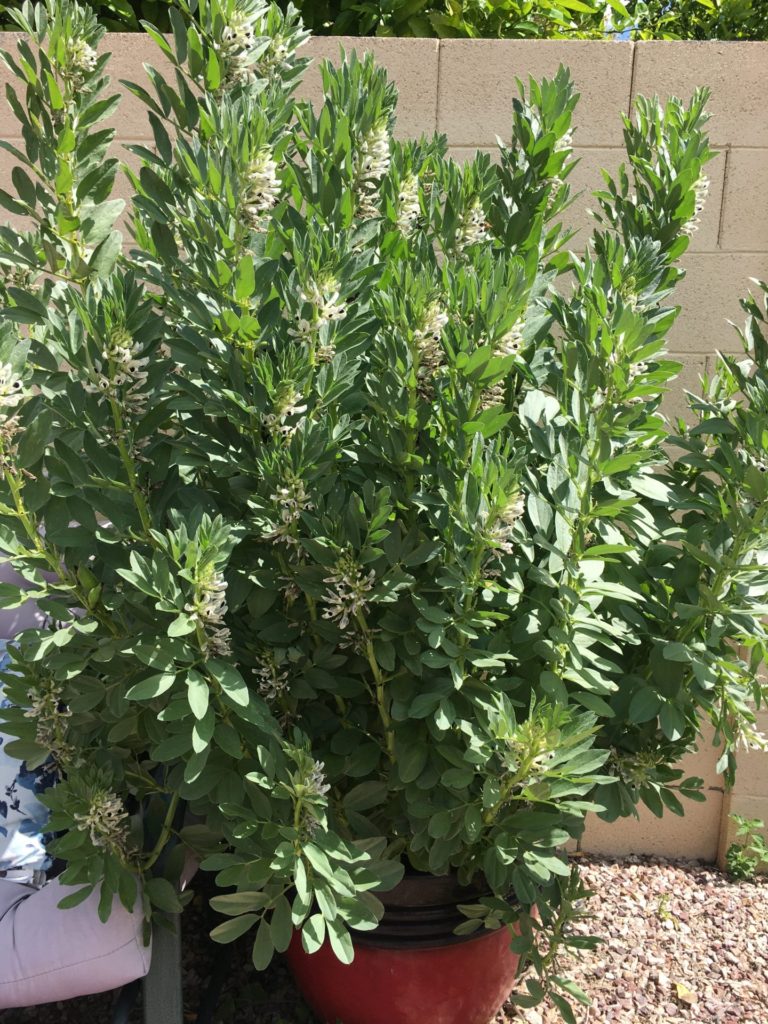
Tip 5: Watering
Container-grown plants will require more frequent watering than those grown in the in-ground. During the heat of summer, most will require watering every day, or every other day. There are different factors that affect how often you water. Size of the container, porosity of your soil mix, placement of the container, and of course temperatures. A small potted fig will need more water than a container of beans. A container that is mostly shaded or grouped together with others, will not dry up as fast as one in full all-day sun. Mulch will help to keep soil moist longer. It is also helpful to use drip line for watering, however many container gardeners will need to water by hand. Olla’s or the clay spikes for wine bottles help to reduce the frequency of watering, and deliver water right at the root zone.
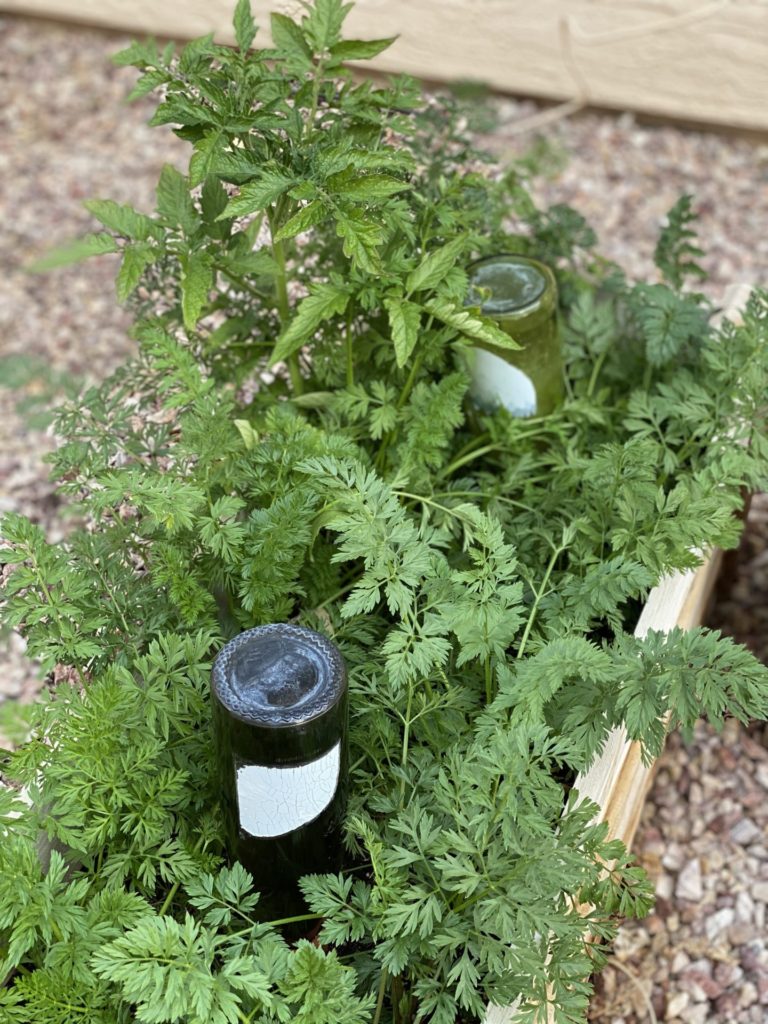
Tip 6:Feeding/ Fertilizing
Feed the soil of container-grown crops in small amounts frequently. It is best to use an organic fertilizer that breaks down over time. Since watering leaches out some of the nutrients from the container, it is best to use smaller amounts more frequently to reduce the waste of fertilizer. Compost tea is also an excellent choice. Good compost should be added before the spring and fall planting season. Earth’s Original Organics is perfect to use for container gardening.
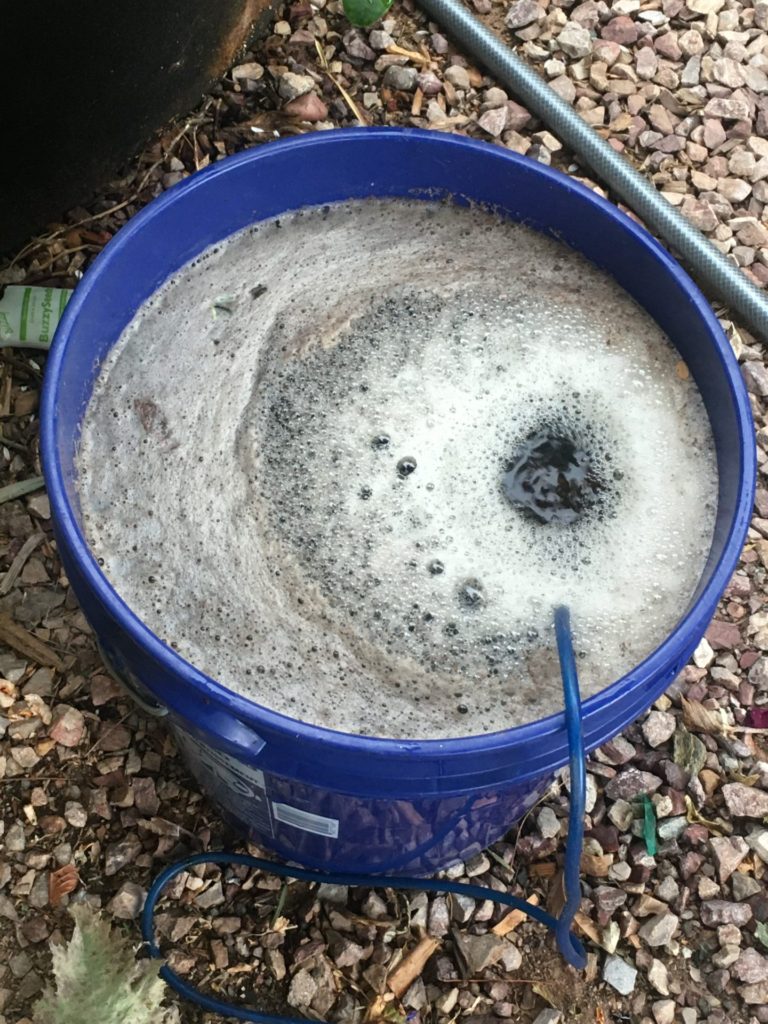
For more info on soil health and how to plant a tree click on the links. Both these articles have specific info for container growing. The Grow Guides section of our website focuses on how to grow individual crops. There is always information included on how to grow those crops in containers as well.

